Garage door sensors are a vital component of the modern home security system, providing an added layer of safety for both property and inhabitants.
We’ll explore the significance of garage door sensors and why regular checks are essential for maintaining a secure home environment.
Garage door sensors, often located near the base of the Door Tracks, work by transmitting an infrared beam across the opening.
When this beam is interrupted by an object, the sensors signal the garage door opener to halt its operation, preventing accidents and unauthorized access.
Ensuring the proper functioning of these sensors is crucial for the overall security of your home.
Table of Contents
Signs of Malfunction and Importance of Timely Checks
This section will delve into the common signs that garage door sensors may be malfunctioning and emphasize the importance of conducting regular checks to address potential issues promptly.
One of the primary indicators of sensor malfunction is a garage door that reverses unnecessarily or refuses to close. If you notice this behavior, it may signify an obstruction in the sensor’s line of sight or a problem with the sensor itself.
Additionally, inspect the sensors for any physical damage, such as cracks or misalignment, which can impair their effectiveness.
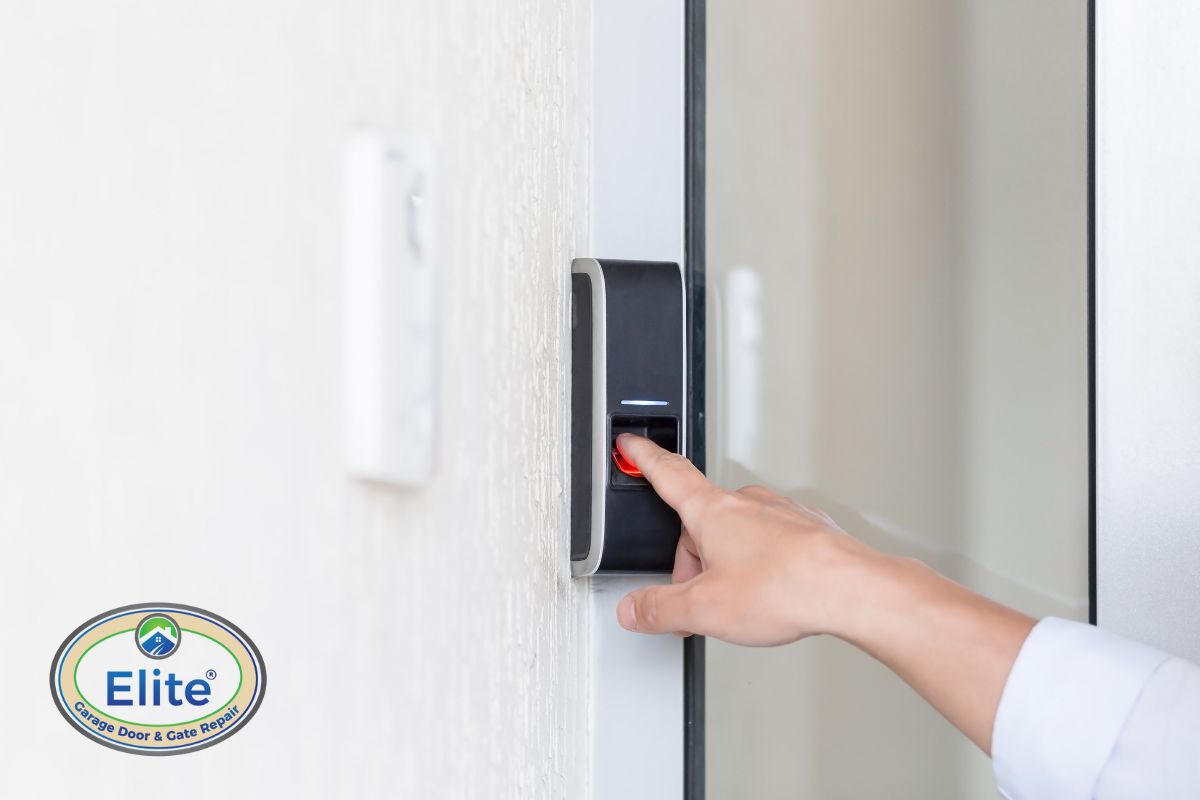
Signs of Malfunction and Importance of Timely Checks
Regular checks are essential to identify and rectify sensor issues before they escalate. Timely intervention ensures the continued functionality of your garage door sensors and contributes to your home’s overall security, preventing unauthorized access and potential break-ins.
DIY Tips for Garage Door Sensor Checks
While professional maintenance is crucial for certain aspects of garage door sensor functionality, homeowners can follow several DIY tips to ensure their sensors are in good working condition.
This section will provide practical advice for conducting routine checks and troubleshooting common sensor issues.
Start by visually inspecting the Sensor Alignment. The sensors should be facing each other directly and mounted at the same height. Ensure there are no obstructions, such as dirt or debris, blocking the sensor lenses.
Regularly clean the lenses with a soft, dry cloth to maintain optimal sensitivity.
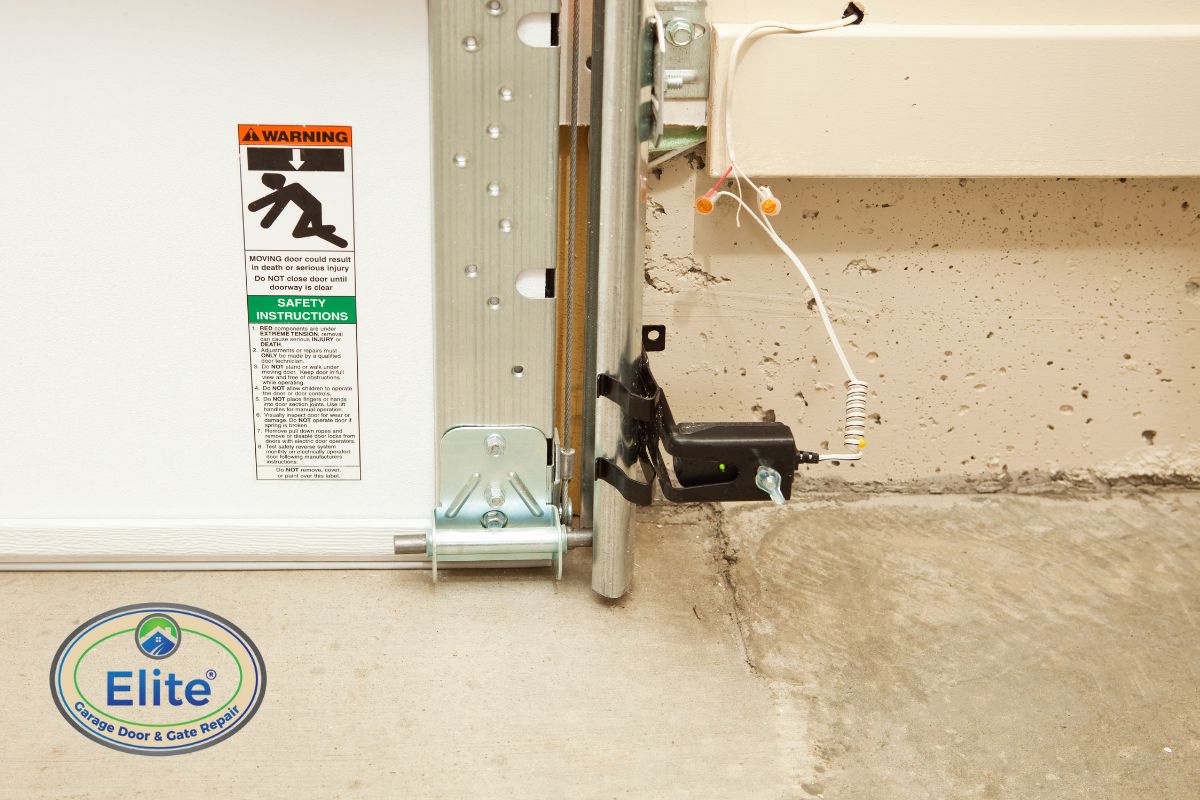
DIY Tips for Garage Door Sensor Checks
Perform a test by closing the garage door and interrupting the sensor beam with an object. The door should reverse immediately. If it doesn’t, it may indicate a misalignment or malfunction.
In such cases, consult your garage door manual for specific troubleshooting steps or seek professional assistance.
Long-Term Benefits of Regular Garage Door Sensor Maintenance
In this final section, we’ll discuss the long-term benefits of consistently checking and maintaining your garage door sensors.
You can enjoy enhanced security and peace of mind by incorporating sensor checks into your regular home maintenance routine.
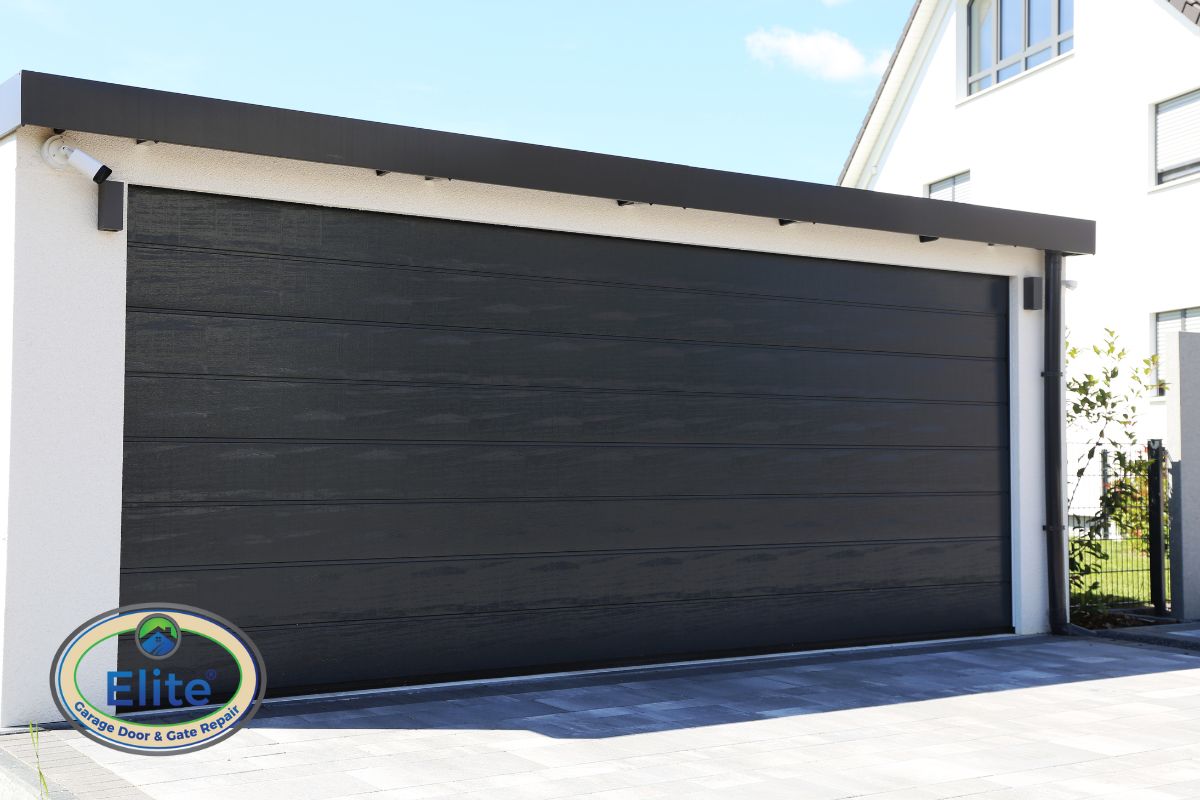
Long-Term Benefits of Regular Garage Door Sensor Maintenance
Regular sensor maintenance not only prevents unexpected malfunctions but also contributes to the longevity of your garage door system.
Addressing minor issues promptly helps avoid costly repairs and ensures that your garage door operates smoothly, providing reliable protection for your home.
Moreover, a well-maintained sensor system adds an extra layer of security, deterring potential intruders and safeguarding your property.


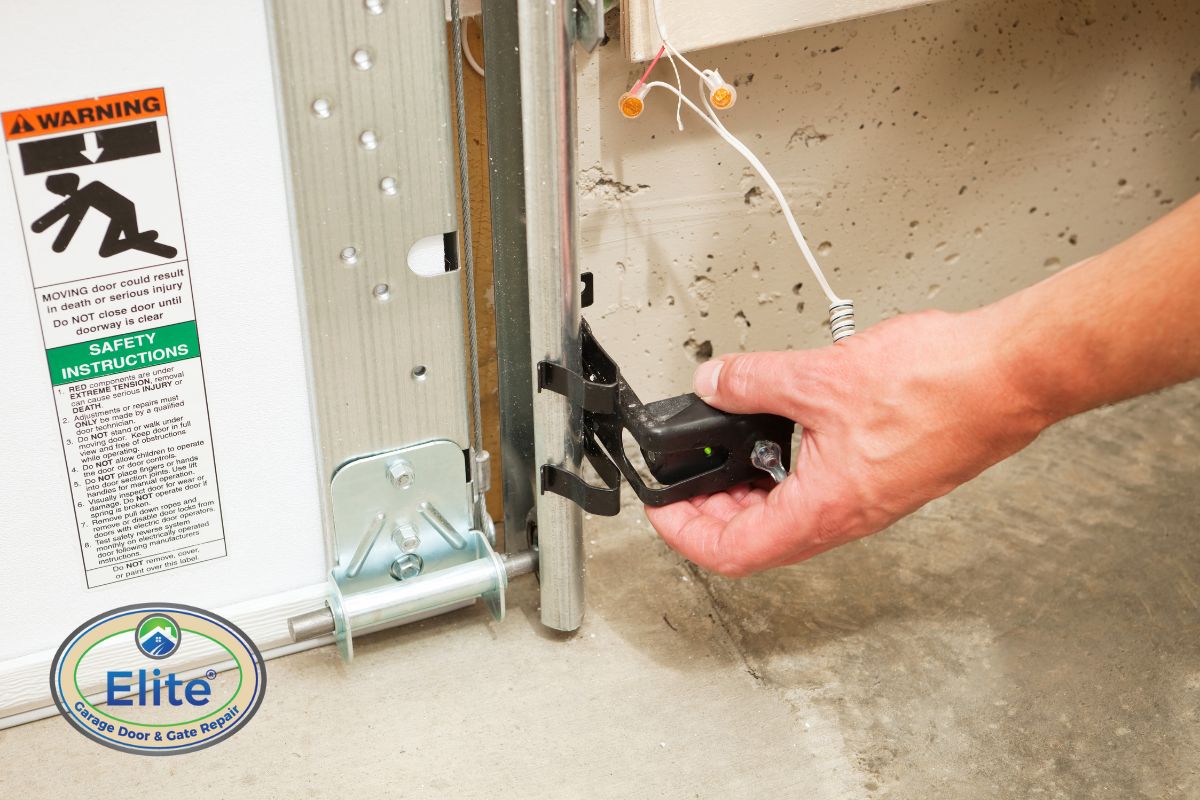
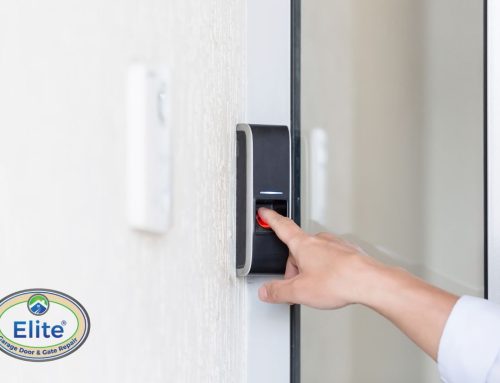


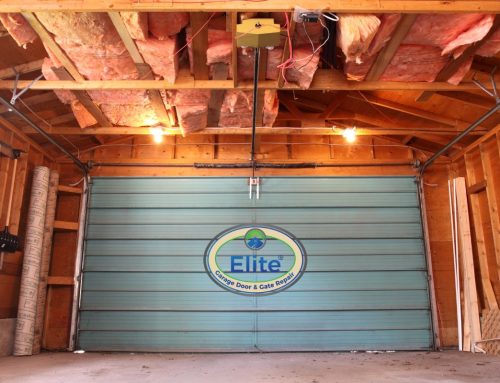
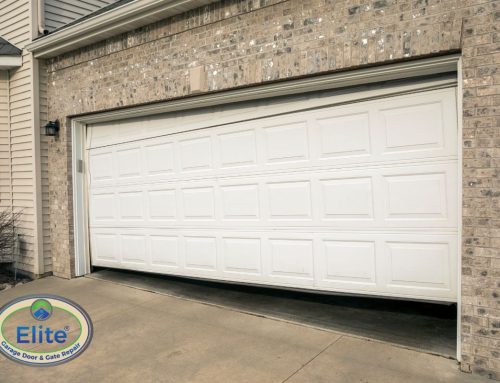
Leave A Comment